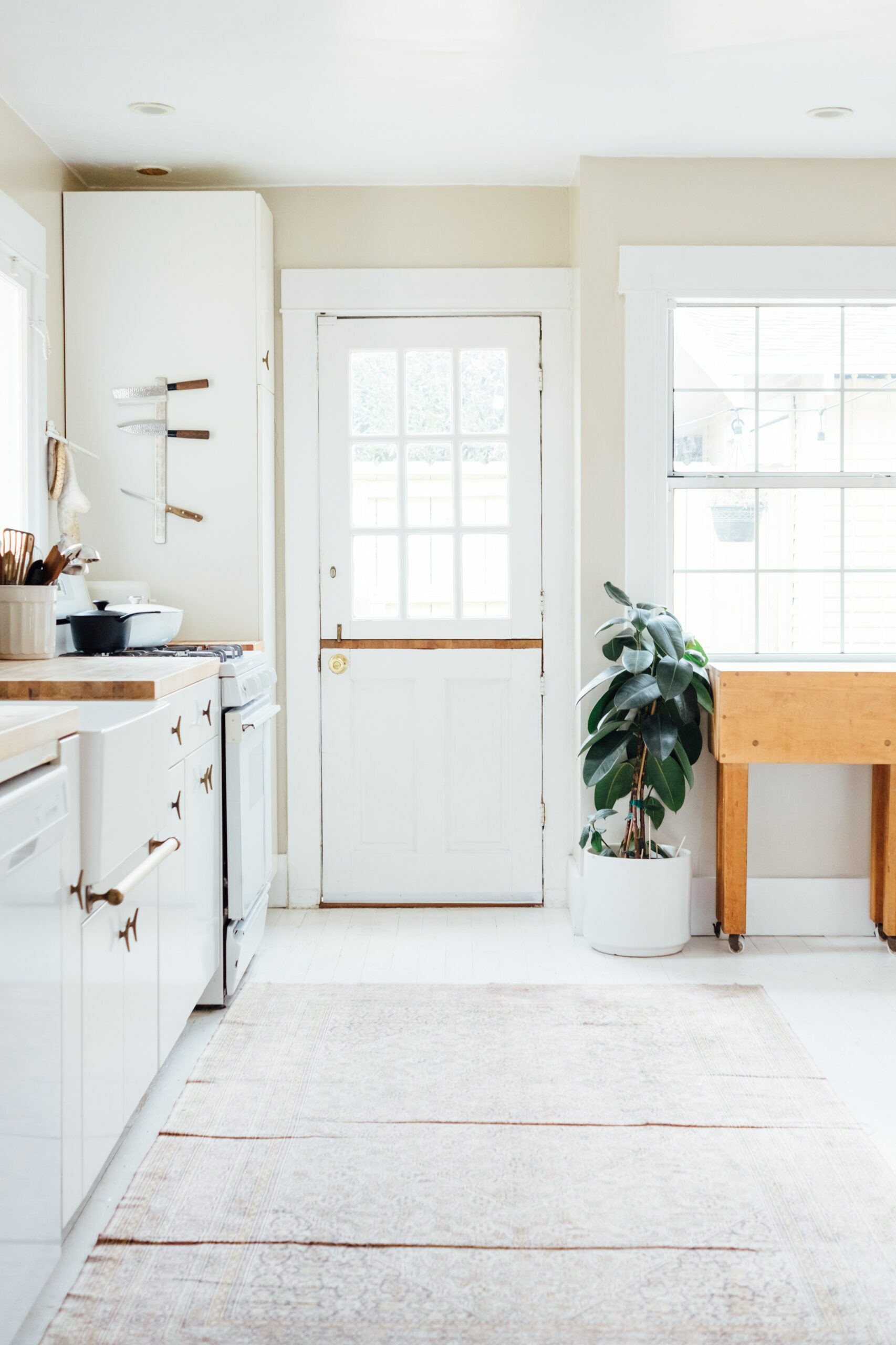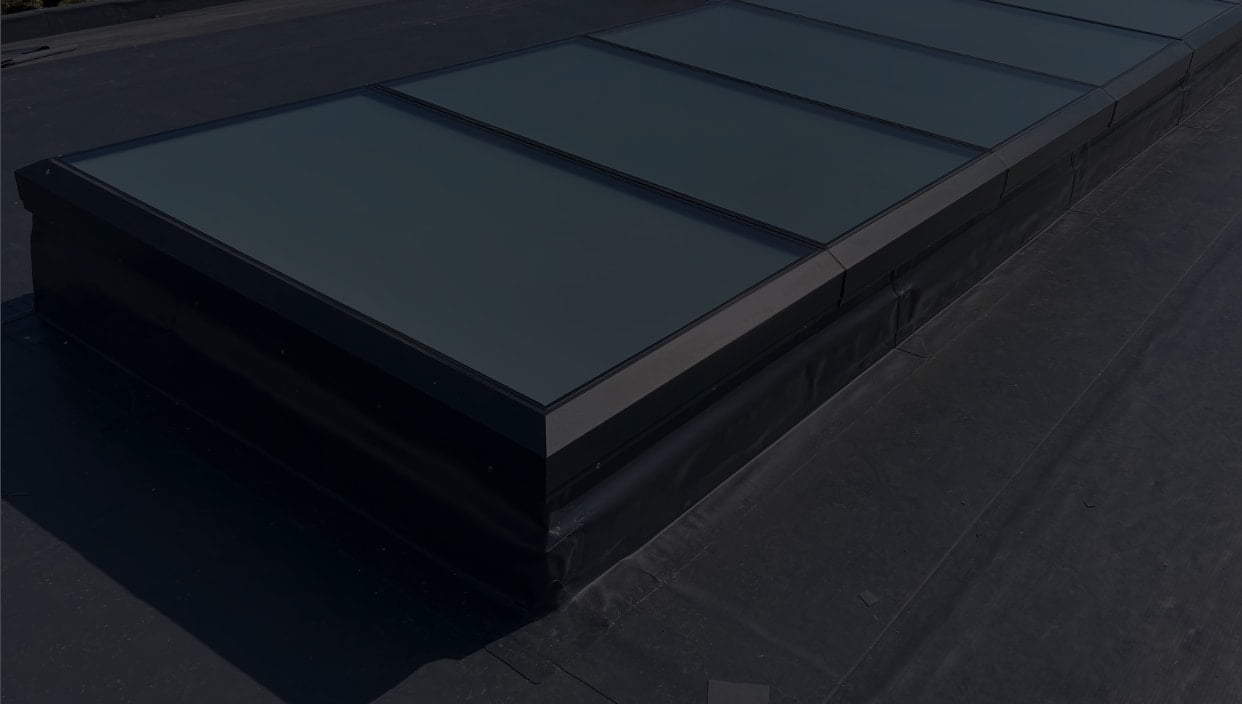
Home extensions don’t need to be gargantuan projects that add rooms to all the floors of your home. In many cases, single-storey extensions are your best bet, adding a great deal of extra space to your home with a smaller total area than larger multi-storey extensions. A single-floor extension can add so much to a home beyond just rooms, too, such as additional natural light!
In this guide, we are going to have a closer look at the most common types of single storey extensions and what they have to offer you, as well as how TGS can help you to make your dreams come true.
Single Floor Extension Ideas
The first thing that you’ll want to do is consider the various different types of single floor extensions that are available to you. There are many different uses for your new single-storey extension, including making an office, adding an orangery or conservatory, or anything else that you could think of, including some spectacular lantern roof extension ideas.
In this section, we will explore some of the most popular types of single-storey extensions and help you decide on the right one for you.
A Kitchen Extension
Kitchen extensions are a very popular choice for single-storey extensions. These will typically attach to your existing kitchen, enlarging it significantly, and can be designed to incorporate existing design elements of your home. For those who have always wanted a larger kitchen, or a dedicated dining area in a smaller house, a kitchen extension is a superb option. Add a large kitchen skylight, and you’ll have a superb, bright and airy kitchen.
A Cottage Extension
If you have a growing family or would like to invite friends and relatives to stay at your home more frequently, a cottage extension can add a significant amount of floor space to your home. These extensions can add what is essentially a fully-featured outbuilding to your home, complete with bedroom(s), bathroom and kitchen.
Orangeries and Conservatories
While a conservatory may be a common choice for home extensions, the orangery should also be under consideration. A conservatory can create a slightly brighter space, but an orangery, featuring insulated walls, in addition to stunning roof windows, allows for a more adaptable space, which can also mitigate the worst of the summer heat and winter chills, without sacrificing too much natural light.
We stock an impressive collection of conservatory rooflights and orangery roof lanterns.
A Wrap Around Extension
If you would like to add significantly more space to your home without taking up too much space behind your home, you could consider a wrap around extension. These L-shaped extensions wrap around the side and the back of the home, adding a single large space that can then be divided into separate rooms at will.
This type of extension is a fantastic way to add multiple rooms to your home, but you should be aware that your side extension will need to comply with regulations around property boundaries.
Add a New Bedroom
If you would like to expand your home’s capacity, a new bedroom extension could be exactly what you’re looking for. An extension can be any size, and a brand new bedroom, complete with all the features you could want, including an en-suite and perhaps a skylight, can make for a fantastic addition to your home.
A bedroom extension can also be used for an AirBnB rental or similar enterprise, if you would like to earn some extra money and recoup on your investment.
View our collection of bedroom skylights.
How much does a ground floor extension cost?
The price of your single-storey extension will depend on the size of the extension and what features it will have. In general, a basic extension should cost you between £1,500 and £2,500 per square metre. Most of this is made up of labour costs and materials, but you may also require planning permission or the services of a professional such as an architect.
How long does it take to build?
Again, this will depend on the size of the extension and its features. However, you can expect it to take somewhere between two and four months to complete a single-storey extension, on average.
You can ask any labourers that you have hired for a schedule of works, which will shed more light on when your extension will be finished.
How to Increase Natural Light in Your Extension
If you would like to add more natural light to your extension and reap the benefits of additional natural light, you need to add a lot of glazing to your home. For the best results, glazing should cover at least 20 percent of the floorspace. One fantastic way to get more natural light into your extension is to add roof windows, or even roof lanterns.
Should I Choose a Pitched or Flat Roof?
A flat roof is typically cheaper than a pitched roof, however they do have their downsides. For example, most roof windows require at least three to five degrees of pitch, otherwise, water can pool on the window. This will not be an issue if you opt for a roof lantern however, this would not be an issue, as the lantern adds its own pitch.
If you are more interested in roof windows than a roof lantern, however, you would likely prefer a pitched roof. View our pitched roof windows.
Will a Single Floor Extension Require Planning Permission?
A single storey extension may or may not require planning permission, depending on the size of the extension, its height, where your extension is extending to, or if it uses different materials from the original house. However, in many circumstances, you can actually add a single storey extension to your home under permitted development rule.
In this section of our guide, we will examine some of the situations where planning permission will be required. This does not represent legal advice, and we would recommend contacting your local planning authority to ensure that your new extension complies with planning rules and regulations.
Is Your Home a Listed Building?
If your home is a listed building, or if it is located in an Area of Outstanding Natural Beauty, in a National Park or other specific circumstances, you will need to get planning permission before you add an extension to your home.
You can increase your chances of getting planning permission for a listed building by ensuring that the extension is small and located at the rear of the property. It should also use similar materials to the original building and have a look that is in keeping with the property.
Height, Length and Width
An extension cannot be massively outsized compared to the rest of your home. There are strict rules surrounding permitted development and height, width and length of your new extension. If it exceeds these limits, planning permission will be required.
For example, your new extension cannot be more than 4 metres high, more than 6 metres extended from the back of a semi-detached or terraced house and 8 metres for a detached house, and cannot be wider than half the width of your original home.
Does it Include a Balcony or Raised Veranda?
If you want to add a stunning new feature to your home’s extension, such as one of our glass balconies or a new veranda, you will need to seek planning permission for this. This is because a balcony could potentially affect the amount of light that enters your neighbours’ properties.
Building Regulations and Party Walls
As well as planning permission, your new extension will need to meet building regulations. Your local authority’s building control department will inform you on the specific regulations for your case. You should also bear in mind that if your new extension requires a party wall, you will need to come to an agreement with your neighbour or hire a surveyor to help you do so.
Single Storey Extensions May Be Exactly What You’re Looking for
We hope that this guide to single storey extensions has been helpful and that it has given you some more inspiration and information about the process. While we can’t help you build an extension ourselves, we can help it look its best with stunning skylights, roof windows and other glass features. If you would like these features in your home, please contact us, and our team of experts will be happy to discuss them with you.
Rooflights for Extensions:
We stock an impressive range of rooflights and skylights perfect for your extension, including:







